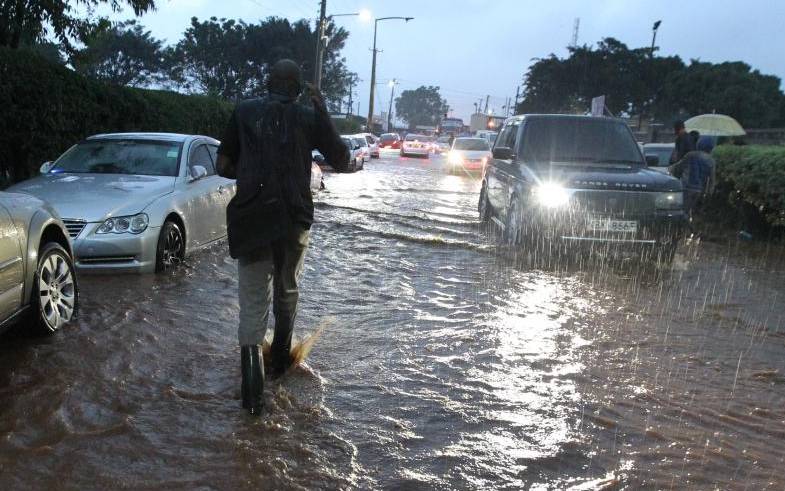×
The Standard e-Paper
Informed Minds Prefer The Standard

A flooded road between KCA University and Utalli College in Ruaraka after heavy downpour in Nairobi on November 30, 2019. [Jonah Onyango, Standard]
A man drowned after being swept away by raging floods in Nairobi’s Mukuru slums.